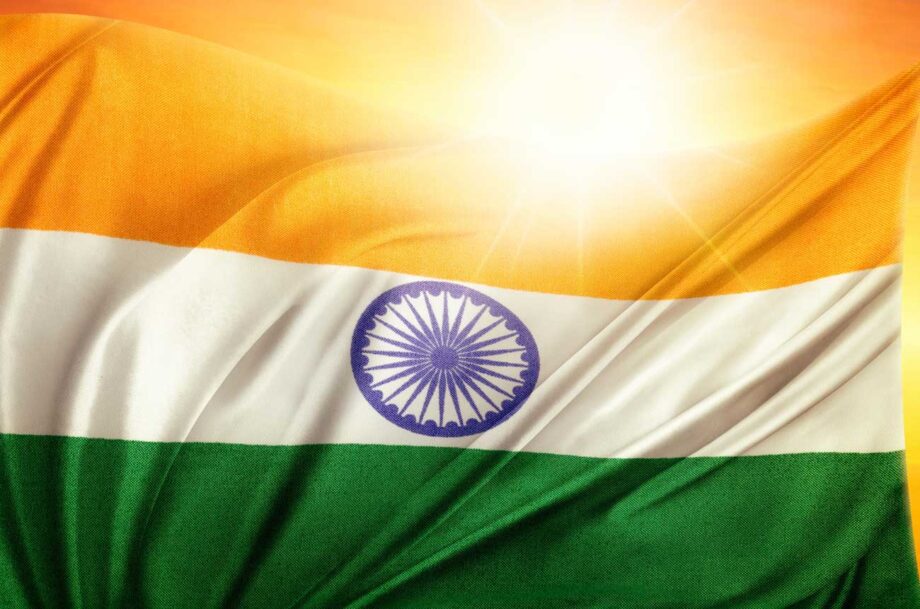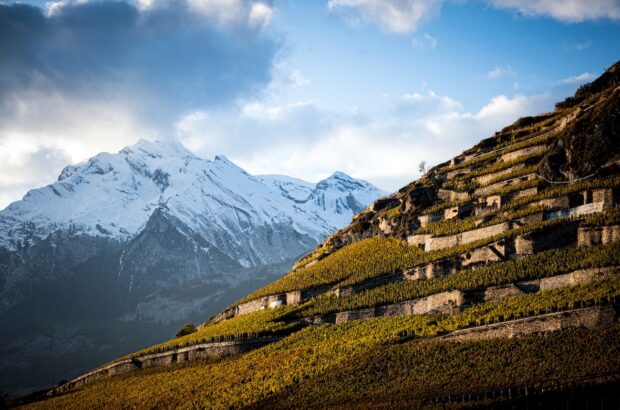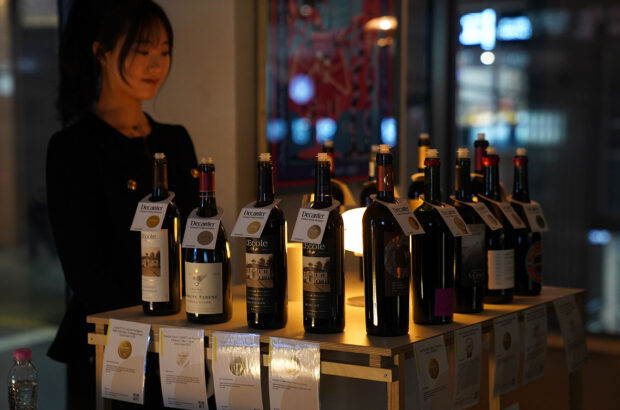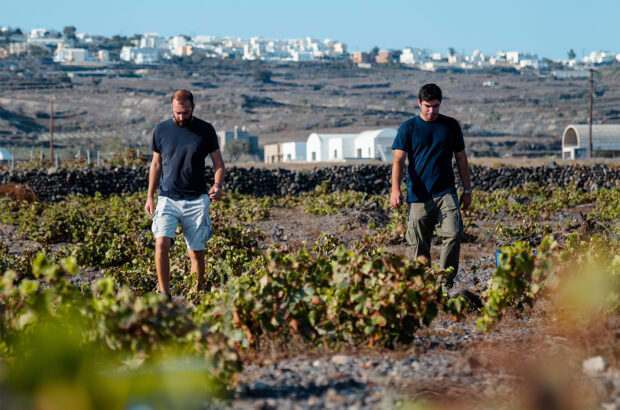For decades, the mere mention of Indian whisky left whisky aficionados clutching at their pearls. Local consumption was dominated by high volume, affordable, molasses-based Indian-Made Foreign Liquor (IMFL). While Scotch remained the gold standard of luxury with Johnnie Walker leading the pack.
The turning point came in 2004, when Amrut Distilleries launched the first Indian single malt – in Scotland no less. ‘Fortune favours the bold,’ said Neelakanta Jagdale, Amrut’s late chairman.
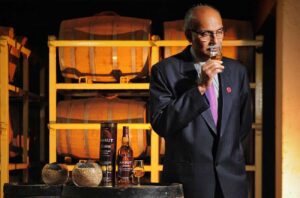
Neelakanta Jagdale of Amrut Distillery launched the first Indian single malt
The gamble paid off. In 2010, Jim Murray, author of the acclaimed Whisky Bible, listed Amrut Fusion in his top three world whiskies, launching a new chapter in whisky history.
Today, Indian single malts are owning their story and crafting an original identity through terroir and local culture, while raking in the global accolades.
Made in India: geographical identity
India has a large and exceptionally diverse geography that shapes the personalities of its whisky distilleries.
For example in the south, Bangalore-based Amrut sits at 1,000m on the Deccan Plateau, with plentiful access to borehole water. The milder temperatures and moderate humidity here lead to a fast but consistent ageing process, which facilitates the distillery’s pioneering efforts with its experimental bottlings.
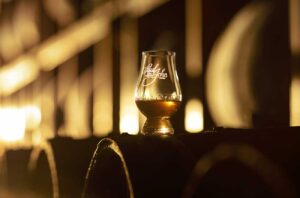
Paul John whiskies are distilled in Goa
Meanwhile in Goa’s tropical heat, the ‘angels’ share’ for Paul John whiskies, produced by John Distilleries, can reach 10-12% – far higher than Scotland’s 1-2%. But the high humidity slows alcohol evaporation, resulting in remarkably balanced, cask-strength whiskies with a briny, spicy edge, courtesy of sea air and mountain water.
Reflecting Rajasthan
Diageo India created beauty from adversity in the harsh northwestern desert landscape of Rajasthan. ‘Of our seven distilleries, we chose the one that would defy the odds of making a good single malt given the high temperatures and dry microclimate,’ says chief innovation officer, Vikram Damodaran. ‘We chose Rajasthan for all the challenges that it offered – and for the opportunity to give back more than we took.’

Vikram Damodaran, chief innovation officer for Diageo India
Named after a local bird, the Godawan Single Malt series is Diageo’s first non-UK premium single malt offering and has launched to great critical acclaim. It is made with a water-efficient barley strain, using the same process of slow trickle distillation favoured by local producers of heritage Indian liquor.
The project has invested heavily in local water and wash projects, as well as the revival of the near-extinct godawan bird, also known as the great Indian bustard. ‘It’s not just another single malt. It’s a single malt with a purpose,’ states Damodaran.

Godawan single malt: aiding conservation of the godawan bird
Nestled in the slightly cooler Aravalli Range, Rajasthani neighbour Behror distillery is owned by Globus Spirits. It’s the home of the latest kid on the Indian single malt block: Dōaab India Craft Whisky Single Malt. ‘We use Aravalli’s natural mineral water, which contributes significantly to the finesse and balance in our distillate,’ says Shekar Swarup, joint MD of Globus Spirits.
Himalayan spirit
GianChand in Jammu and Rampur in Uttar Pradesh boast the Himalayan advantage. ‘Extractive hot summers [40℃] and very cold winters [1℃] create a different ageing process, with a high angels’ share in the first year, averaging down to 7% from year two,’ explains Kunal Madan, Rampur’s SVP international business. ‘This allows for a comparatively slower maturation cycle, resulting in graceful liquids with a great deal of personality.’
GianChand is produced in India’s northernmost distillery, owned by DeVANS Modern Breweries. It’s situated 20km from the volatile India-Pakistan border, which saw heavy shelling as recently as April this year.

Prem Dewan, chairman of DeVANS Modern Breweries
The distillery boasts a DNA of innovation and sustainable practices. ‘We built our first in-house pot still back in the 1960s,’ says Prem Dewan (above), chairman of DeVANS Modern Breweries. ‘We use grain waste as fuel and recycle 90% of the water used.’
Named after Dewan Gian Chand, founder of DeVANS Modern Breweries, GianChand is an exciting set of single malts that demonstrate what is possible and what is to come for the Indian single malt category.
The DNA of Indian single malts
All Indian single malts begin with six-row barley, which is higher in protein and enzymes than Scotland’s two-row barley. ‘Six-row brings distinctive grain-forward richness and nutty complexity, rooting the whisky in Indian terroir,’ explains Swarup of Globus Spirits.
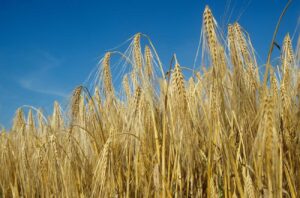
Ripe six-row barley Credit: Nigel Cattlin / Alamy
It is worth noting that there’s no locally identified source of peat in India. All peat is imported from Scotland. For that reason Rampur has eschewed peated offerings. ‘Our endeavour is to showcase India to the world and stick to our origins for authenticity,’ states Madan. ‘That’s our ethos and it is reflected in each Rampur expression.’
Rampur’s multi-award winning Asava Indian Single Malt is a case study in the cask experimentation that has become a defining feature of Indian single malts. It’s the world’s first single malt to be finished in an Indian red wine cask.
Cask innovation
Craig Wallace, Master Blender for the Diageo World Whisky portfolio, is enthusiastic about, ‘Godawan taking local flavours to another level, using herbs and spices and unusual cask finishing.’ Godawan is matured in ex-bourbon casks that are conditioned with a water infusion of local herbs for two months pre-transfer.
Amrut’s Naarangi – Hindi for ‘orange’ – is the only other Indian single malt known to use this approach. The three-year-old single malt is matured casks which previously held a combination of oloroso Sherry, matured wine and orange peel for a further three years.
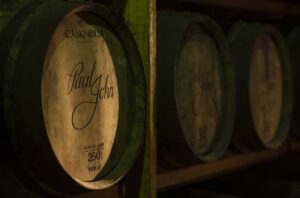
Paul John whisky barrels at John Distilleries
‘What sets Indian whisky apart is our philosophy. We craft with intuition, rooted in tradition but unafraid to innovate,’ says Paul P John, chairman and MD of John Distilleries. ‘Our single malts carry the warmth, depth, and diversity of the land.’
The dawn of a new era
The Indian Malt Whisky Association (IMWA) officially launched in March this year. Like the Scotch Whisky Association, it’s a trade body set up to safeguard and promote India’s malt whisky heritage and position India amongst global whisky elite.
‘IMWA will echo the common sentiment of Indian distillers and serve as the right platform to showcase the rich legacy of Indian craftsmanship to the world,’ says Rakshit Jagdale, current MD of Amrut and a founding member of the IMWA.

Credit: Adobe Stock
What about the competition between Indian single malts and Scotch? Sachin Mehta, India MD of Scotch maker William Grant & Sons, takes a very positive view. ‘Indian single malts are helping the entire premium whisky category grow,’ he says.
The message is clear: India is no longer just a market for whisky – it’s a maker. Indian single malts are a proud reflection of a nation’s confidence and creativity; liquid proof that India’s whisky story is only just beginning…
Six Indian single malts to try
Amrut Triparva
The first triple-distilled Indian single malt. A complex nose of sandalwood backed by dried blackcurrants and mandarin. The texture is pure silk with a tropical fruit explosion and warming ginger. A sweet honey and white pepper finish. Only 5,400 bottles produced. Alcohol 50%
Dōaab 01 Six Blind Men & The Elephant
Dōaab is named for the land between two rivers in the slightly cooled Aravalli range in Rajasthan. While the name of its first expression refers to the Indian parable of six blind men touching different parts of an elephant, illustrating how different perspectives can lead to a better understanding of a complex whole. Aged in ex-bourbon casks, this has notes of dried raisins and a touch of smoke followed by wildflower honey and vanilla malt shake. Toasted almonds, cassia bark and a dried coconut-laced finish. Alc 42.8%
GianChand Adambaraa
Literally translating to ‘absolute pleasure’, this whisky delivers on that promise. Unpeated, with six years in first-fill ex-bourbon casks, it offers sweet florals that waft from the glass with honey-drizzled white peaches. Moreish palate of vanilla, toffee and apricots. Extraordinarily delicate, demonstrating the impact of its Himalayan heritage. Alc 42.8%
Godawan 02 Fruit & Spice
Unusually aged ex-bourbon casks seasoned in local botanicals – jatamansi and rasna – and finished in untoasted, porous, cherry wood casks for 10 months. Sweet spices and bran husk aromas followed by dried plums and figs. Bright and zesty with a malty finish. Alc 46%
Paul John Classic Select Cask
A personal favourite of Paul John Master Distiller Michael D’Souza. Dried venison and smoke leap from the glass. Spiced fruitcake with honey, black pepper and dark chocolate on the palate, with an exceptionally smooth finish courtesy of the Goan humidity. Alc 55.2%
Rampur Asava
Finished in Indian Cabernet Sauvignon casks, this is a very complex whisky. Notes of vanilla and black fruit compote. Fruits get brighter on the palate; red apple and butterscotch tart with crushed black cardamom and bayleaves. A long, lingering, very Cabernet finish. Majestic! Alc 45%


